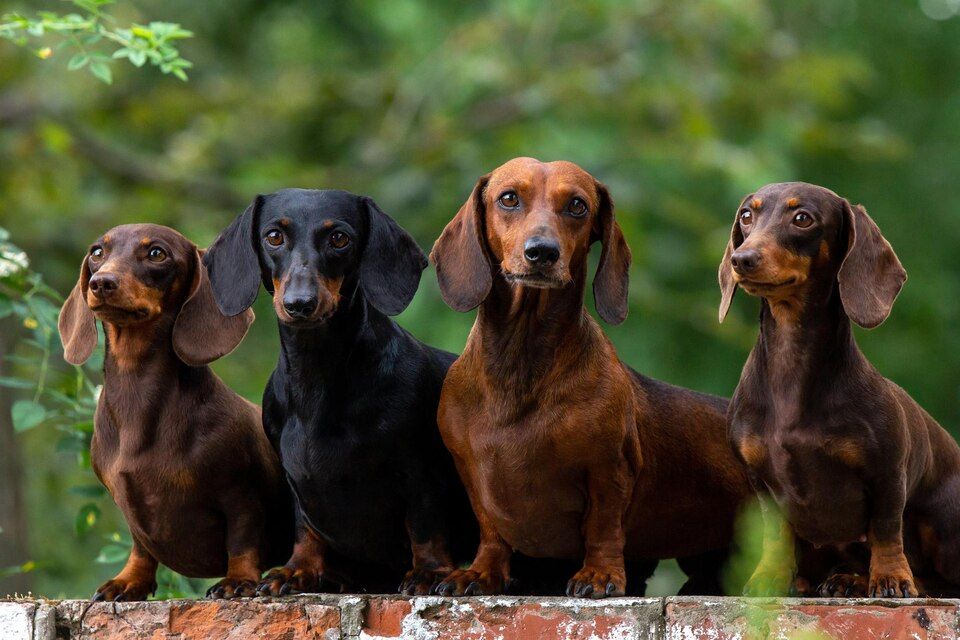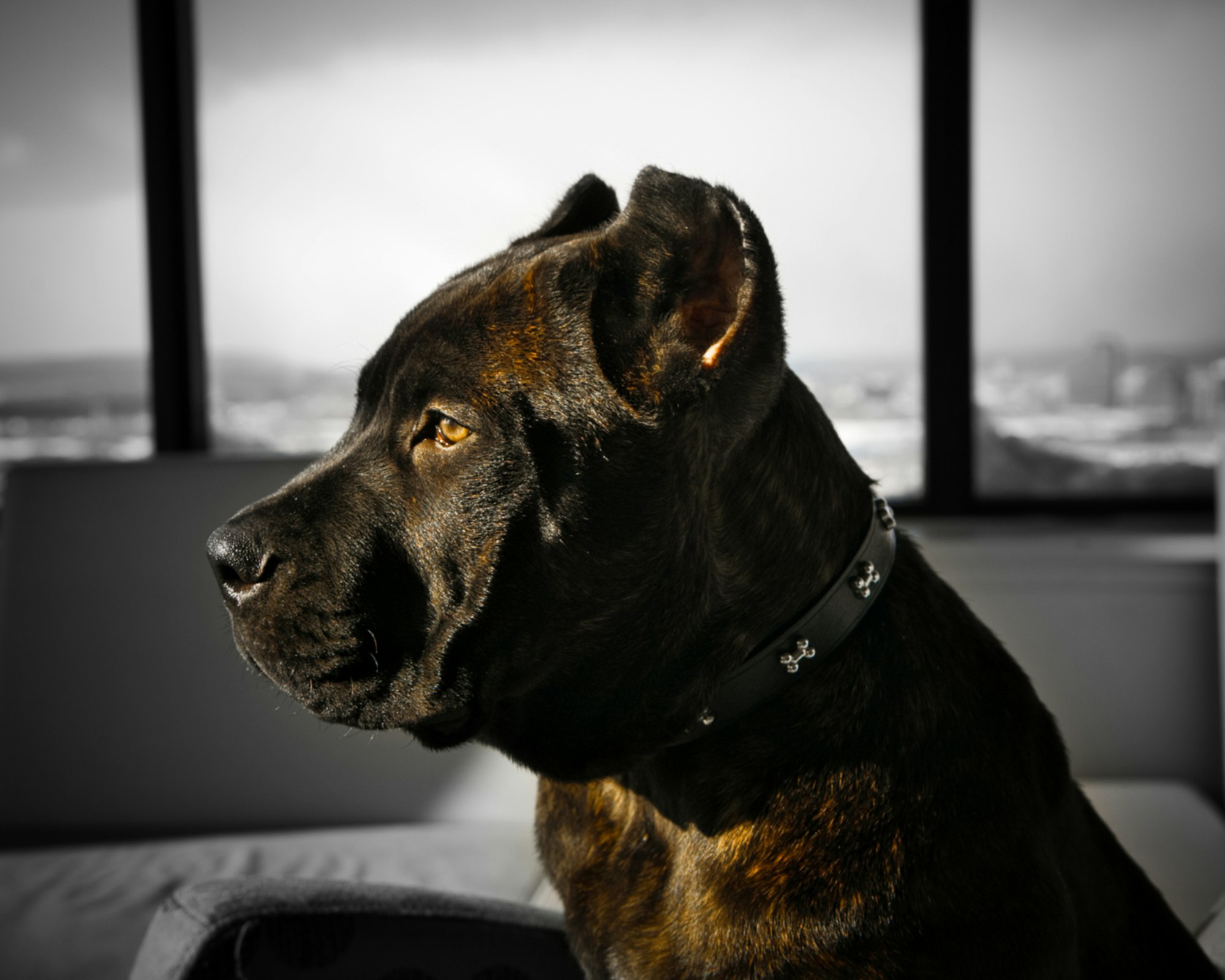If you’re seeking a loyal, gentle, and protective canine companion, look no further than the majestic Kangal Shepherd Dog. This large dog breed hails from Turkey and has been revered for centuries for its ability to guard livestock. But there’s more to the Kangal than meets the eye.
In this article, we’ll delve into the fascinating world of Kangal dogs, exploring their origin, temperament, and suitability as family pets. We’ll also compare them to similar breeds, discuss their care requirements, and offer tips on raising a happy, healthy Kangal of your own.
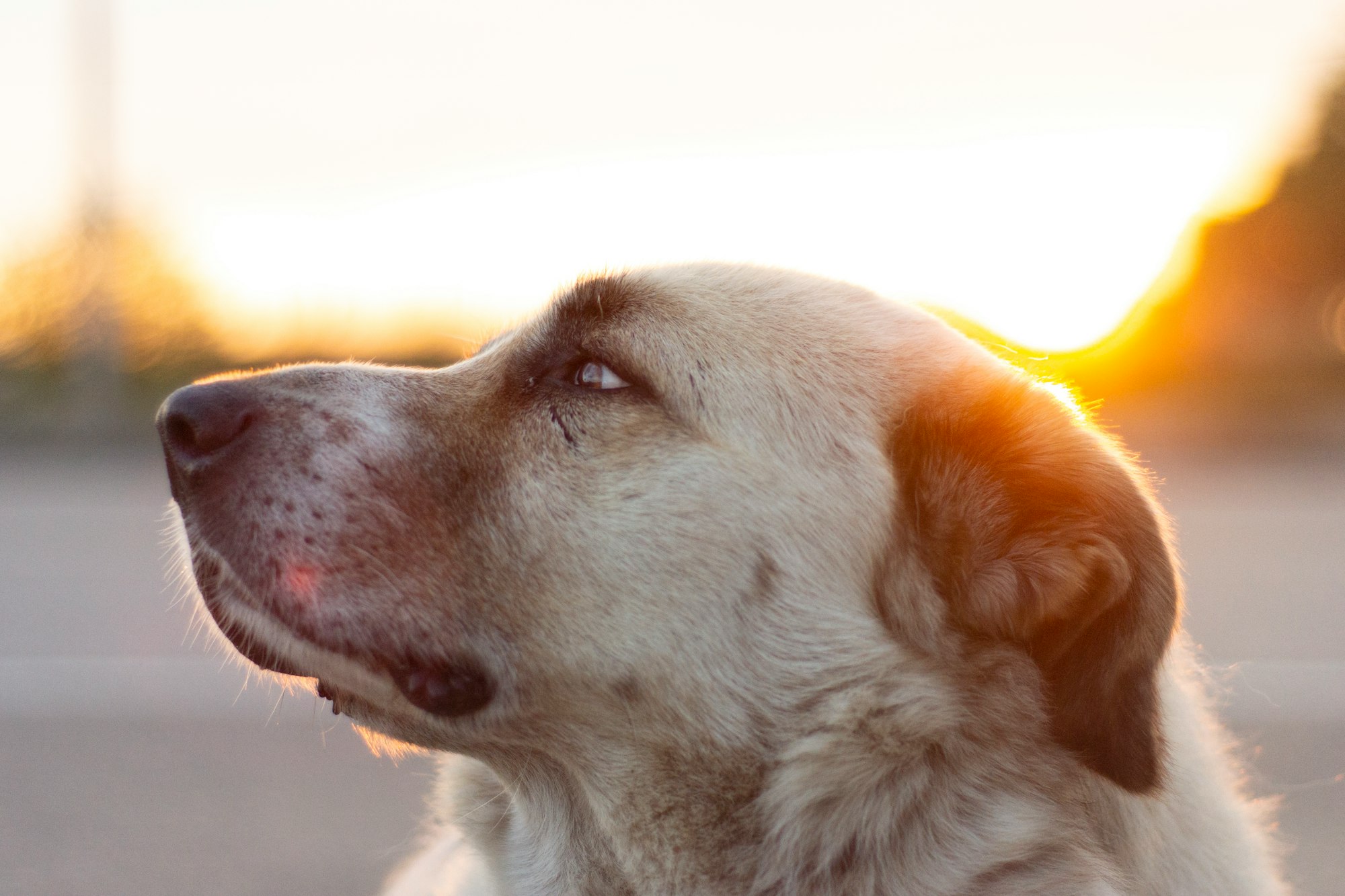
Short Summary
- Kangal Shepherd Dogs are loyal, gentle giants originating from Turkey renowned for their protective instincts and affinity to humans.
- Early socialization and training is essential for Kangals to reach their full potential as adults.
- Regular veterinary care, diet, grooming & exercise must be provided in order to ensure a long healthy life of your Kangal dog.
The Majestic Kangal Dog Breed
The Kangal Shepherd Dog is a powerful and loyal livestock guardian breed from Turkey, known for its incredible ability as a livestock guardian dog to protect flocks of sheep, goats, and cattle herds from wild predators. As one of the most effective livestock guardian breeds, these gentle giants have a soft side too. As efficient guard sheep protectors, standing 28 to 34 inches at the shoulder and weighing between 90 to 150 pounds, Kangal Shepherd Dogs are among the large dog breeds that capture the hearts of those who meet them.
Originally bred in the Kangal District of Sivas Province in central Turkey, the Turkish Kangal dog has a rich history and cultural significance. Today, they are considered a national treasure in Turkey, and their popularity continues to grow worldwide. With their large, muscular frame and distinctive silhouette, Kangal dogs are a striking presence, but it’s their gentle temperament and unwavering loyalty that truly sets them apart from other large dog breeds.

Origin and History
The Kangal Shepherd Dog can trace its roots back to the Kangal District of Sivas Province in central Turkey, where it was named after the region and bred to guard flocks of sheep and goats from potential predators such as wolves, bears, and jackals. The breed’s origin is believed to be related to early mastiff type dogs, and they have been held in high regard by many Turks as their national dog.
Kangal dogs have been traditionally fed a mix of:
- barley flour
- hot water
- yogurt
- meat
This diet has kept them healthy and free from common health issues.
The first Kangal dogs were introduced to the United States in 1985 by David and Judith Nelson, two Americans who had been living in Turkey. To preserve the breed’s integrity, the Turkish government has imposed a ban on the export of Kangals, discouraging unregulated breeding practices and dogfighting, making it difficult to find a kangal dog free from these issues.
Physical Characteristics
The Kangal dog is a large and powerful breed with the following characteristics:
- Strong bone structure
- Solid, muscular physique
- Large and moderately wide head
- Floppy ears
- Dark muzzle
- Curled tail carried up and over the back
- Short and dense coat
- Brown or fawn color with black markings
- Distinctive black mask on their face
This double coat helps them adapt to various weather conditions, making them suitable for both hot and cold climates. The breed’s physical characteristics not only make them excellent livestock guardians but also irresistibly appealing to those who encounter them.
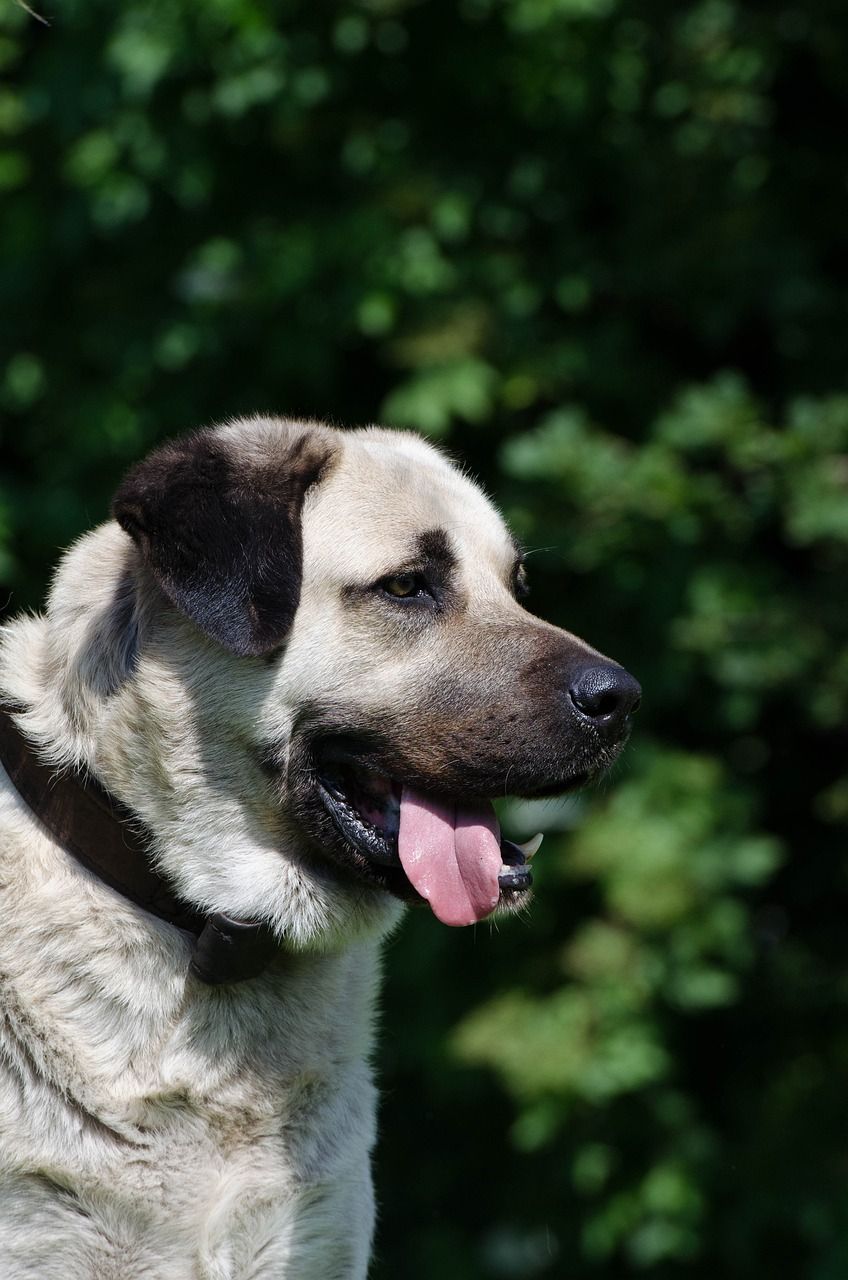
The Gentle and Protective Nature of Kangals
The Kangal Shepherd Dog is known for its gentle nature, strong protective instincts, and a strong affinity for humans. They are innately capable of protecting their herd in an assertive manner, without requiring any instruction or guidance. However, their independent and sometimes willful nature means that proper training and socialization are essential for Kangal dogs to become well-behaved and obedient family pets.
Besides their physical prowess and guarding abilities, Kangal dogs possess a remarkable sensitivity to their owner’s emotions. They can provide comfort and support during difficult times, making them not only excellent protectors but also loving companions. With the right training, socialization, and care, a Kangal dog can become a beloved and faithful member of any family.
Socialization and Training
Early socialization and consistent training are crucial for the proper development of a well-adjusted Kangal dog. Introduce them to a variety of people, other dogs, and animals from a young age will help them become more comfortable and at ease in different situations and environments.
Obedience training is essential to establish pack leader status and to teach your Kangal dog essential commands and behaviors. By investing time and effort in socialization and training, you’ll help your Kangal dog become a well-rounded and obedient companion that can adapt to various situations.
Living with a Kangal
Living with a Kangal dog can be both rewarding and challenging. They are not recommended for apartment life and will thrive with a large yard to explore. Their coat requires minimal grooming, but during their shedding season, it’s essential to brush them thoroughly to maintain their coat and limit shedding. As a responsible owner, it’s a good idea to stay informed about breed standards and guidelines through resources like the kennel club.
They need ample exercise and activity, both physical and mental, to keep them healthy and well-behaved. When properly socialized and trained, Kangal dogs can be great family dogs and adapt well to various household situations. They are loyal, vigilant, and protective, making them excellent guardians for your home and family.
Caring for Your Kangal Shepherd Dog
To ensure the well-being of a Kangal dog, it's vital to attend to their unique needs, from their diet to their distinctive dog jowls. A balanced diet, tailored for a large breed with medium energy levels, lays the foundation for their overall health. The grooming routine should also be regular, with special attention during shedding seasons to ensure their coat remains vibrant and healthy.
It's not just about their appearance; cleaning around their dog jowls is equally vital for their comfort. Physical activity is another key aspect, with at least one hour of outdoor exercise daily for their physical and mental stimulation. By addressing these critical areas, your Kangal Shepherd Dog is poised to enjoy a long, joyous, and wholesome life.
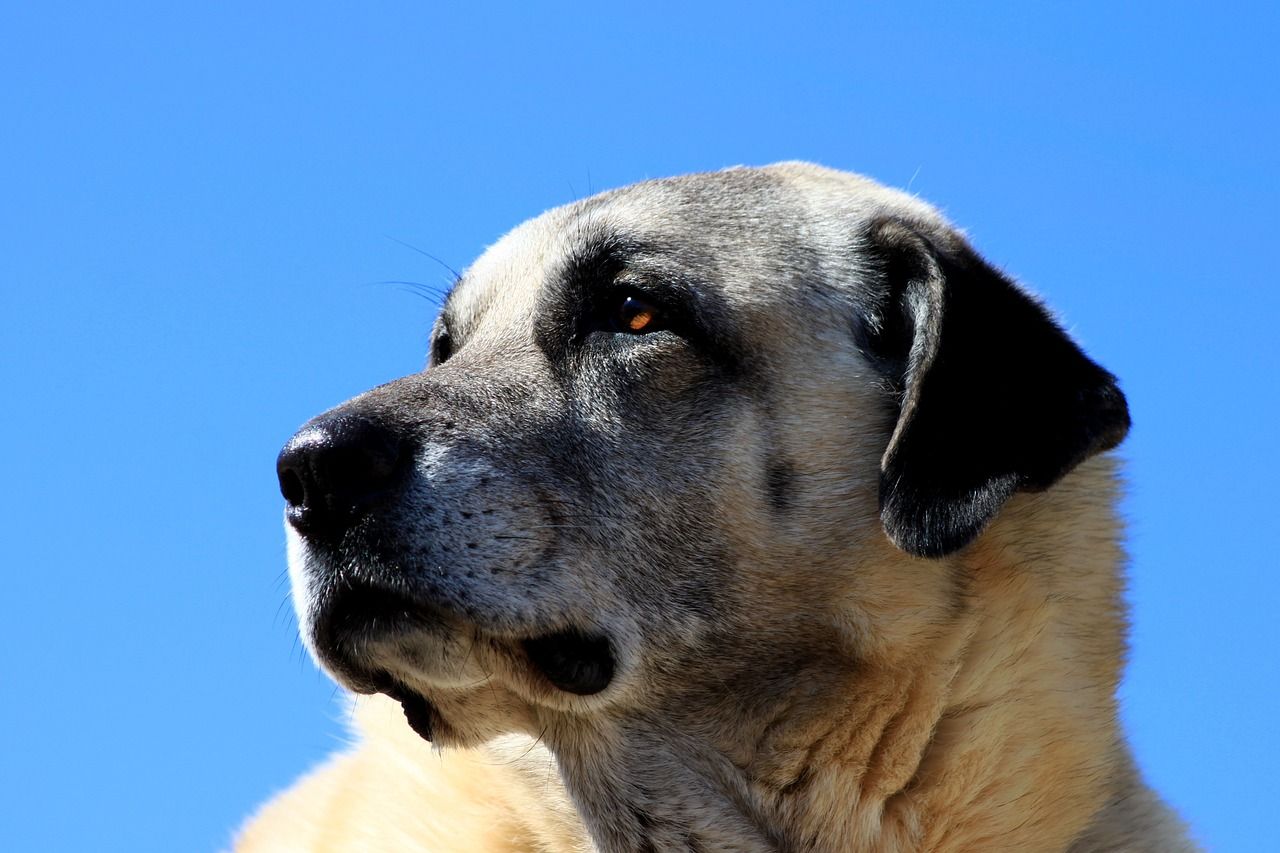
Diet and Nutrition
Feeding your Kangal dog an appropriate diet is crucial to maintaining their health and energy levels. A balanced diet should include food with a high calcium content and a balanced composition of carbohydrates, proteins, and fats. Ideally, the diet should be similar to their traditional diet in Turkey, which consists of:
- Barley flour
- Hot water
- Yogurt
- Meat
This diet helps keep them healthy and free from common health issues.
Providing a balanced and nutritious diet will help ensure your Kangal dog remains in optimal health throughout its life.
Grooming and Maintenance
Kangal dogs require minimal grooming, but it is essential to maintain their dog’s coat and overall hygiene. Regular brushing, at least once a week, helps remove loose hair and keeps their coat looking sleek and healthy. Bathing should be done two to four times per year, or as needed, to keep their skin and coat clean and free of irritants.
Regularly inspecting their nails and trimming them when necessary will prevent discomfort and potential injury. Brushing their teeth two or three times per week will help maintain good dental health and prevent issues such as bad breath and gum disease.
By keeping up with these grooming and maintenance tasks, you’ll ensure your Kangal dog stays happy and healthy.
Exercise and Activity
Kangal dogs require a minimum of two hours of physical exercise daily, including running and walking, to maintain their health and well-being. In addition to physical exercise, mental stimulation is also crucial for keeping your Kangal dog engaged and content.
Training activities such as guard dog training, herding training, and obedience training can provide both physical and mental stimulation for your Kangal dog. By providing a variety of exercise and activity options, you’ll not only keep your Kangal dog in peak physical condition, but also help prevent boredom and destructive behaviors.
Health Concerns and Lifespan
Kangal dogs are generally healthy dogs with an expected lifespan of approximately 12 to 15 years. However, like any dog breed, they can be prone to certain health issues such as hip dysplasia, entropion, and lipoma. To ensure the overall wellbeing of your Kangal dog, it’s important to provide them with regular veterinary care, a balanced diet, and plenty of physical activity.
By staying informed about potential health concerns and taking proactive steps to maintain your Kangal dog’s health, you’ll help them enjoy a long, happy life.
Common Health Issues
Despite their general good health, Kangal dogs can still be prone to some common health issues such as:
- Hip dysplasia: a condition causing abnormal growth of the hip joints, leading to lameness and discomfort.
- Entropion: an eyelid deformity where the eyelid turns inward, causing discomfort and inflammation.
- Lipoma: a benign tumor made up of fat cells that can develop under the skin.
It is important to monitor your Kangal dog’s health and seek veterinary care if any of these issues arise.
Lipoma is a condition that causes the growth of fatty lumps. These lumps can appear on the chest and abdomen, just under the skin. Regular veterinary check-ups and monitoring your Kangal dog’s health can help catch and address these issues early, ensuring your dog remains healthy and comfortable.
Enhance Your Kangal Shepherd Dog's Well-being with the Fi Dog Collar
Embark on a journey with the majestic Kangal Shepherd Dog, a breed renowned for its loyalty, protective nature, and gentle temperament, complemented by the innovative Fi Dog Collar. As you discover the fascinating world of Kangals, from their Turkish origins to their unique traits, the Fi Collar adds a layer of security and health monitoring to your canine companion's life.
This advanced GPS collar tracks your Kangal's location, activity levels, and provides crucial data to tailor their care to their specific needs. Whether safeguarding livestock or thriving as a family pet, the Fi Collar empowers you to nurture your Kangal's well-being every step of the way.
Embrace the guardianship of a Kangal Shepherd Dog, enhanced by the peace of mind offered by the Fi Dog Collar. Visit TryFi.com to explore how this cutting-edge technology can support the health and happiness of your loyal Kangal, ensuring a harmonious bond and a fulfilling life together.
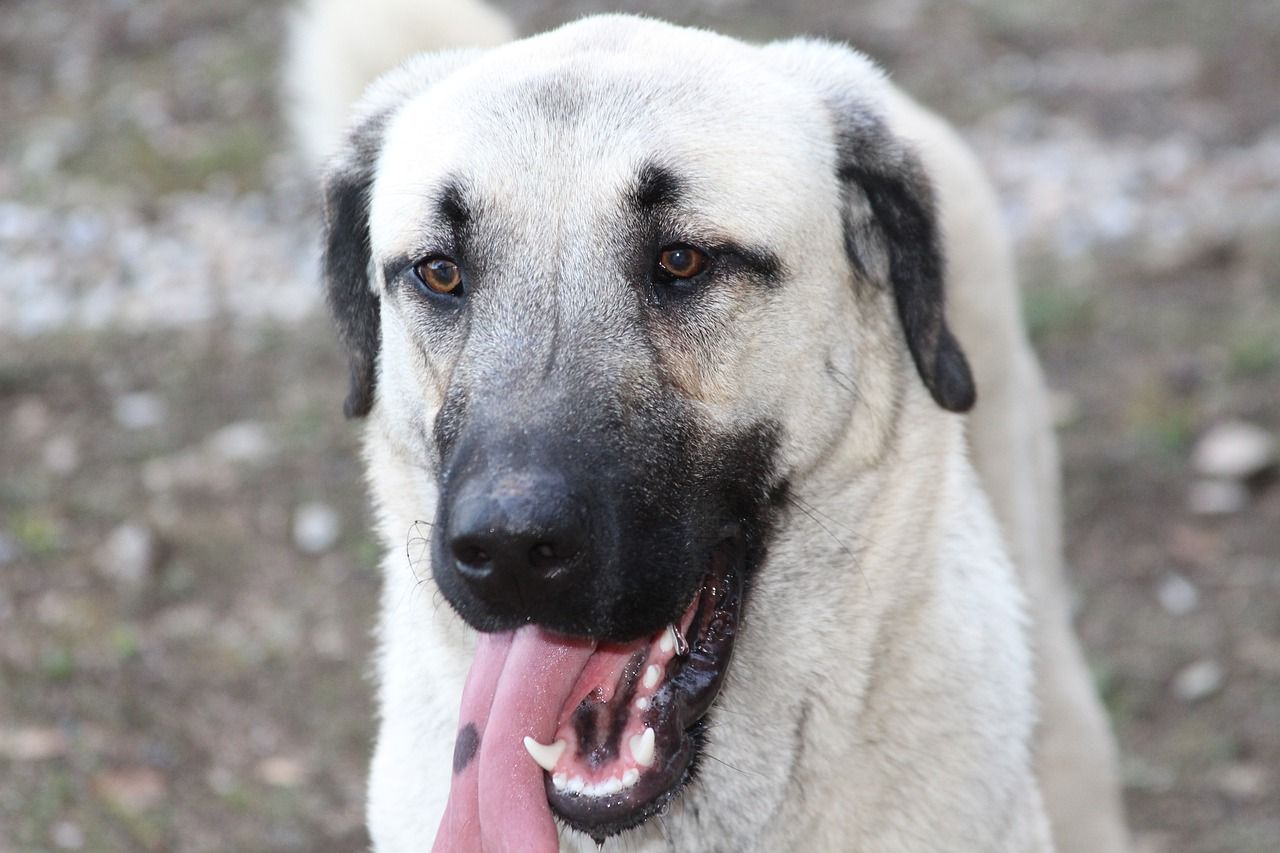
Conclusion
In conclusion, the Kangal Shepherd Dog is a unique and fascinating breed that offers a perfect blend of loyalty, protection, and gentleness. These gentle giants are well-suited for families with children and can coexist with other pets when properly socialized and supervised. As with any dog breed, proper care, training, and socialization are essential to ensure a healthy and happy Kangal dog. By understanding the breed’s history, characteristics, and care requirements, you’ll be well-equipped to provide your Kangal dog with a loving and nurturing home.
Frequently Asked Questions (FAQs)
- Are Kangal dogs illegal in the US?
- Kangal dogs are legal in the US, although laws vary by state. They have not yet been recognized by the American Kennel Club, but they are recognized by other associations such as the American Canine Association – ACA.
- Are Kangals aggressive to humans?
- Kangal. Dogs are not naturally aggressive to humans, and they generally have a gentle demeanor. However, if not socialized properly, they can be timid around strangers, and may be overly aggressive towards intruders on their property. It is important to socialize them properly and ensure that the necessary boundaries are in place.
- Is Kangal the strongest dog in the world?
- Kangal is undoubtedly the strongest dog in the world with its formidable bite force of 734 psi. This powerful breed from Turkey has been bred to bring down larger animals that threaten livestock.
- Is a Kangal Shepherd dog a good family dog?
- Kangal Shepherds are known for their calm, gentle temperaments and loyal, loving natures, making them good family dogs. They form strong bonds with their human guardians and can be protective of children and family pets. However, caution should be taken when introducing them to existing pets in the home.
- What is the origin of the Kangal Shepherd Dog?
- The Kangal Shepherd Dog has its roots in the Kangal District of Turkey, where it is still commonly found today.
